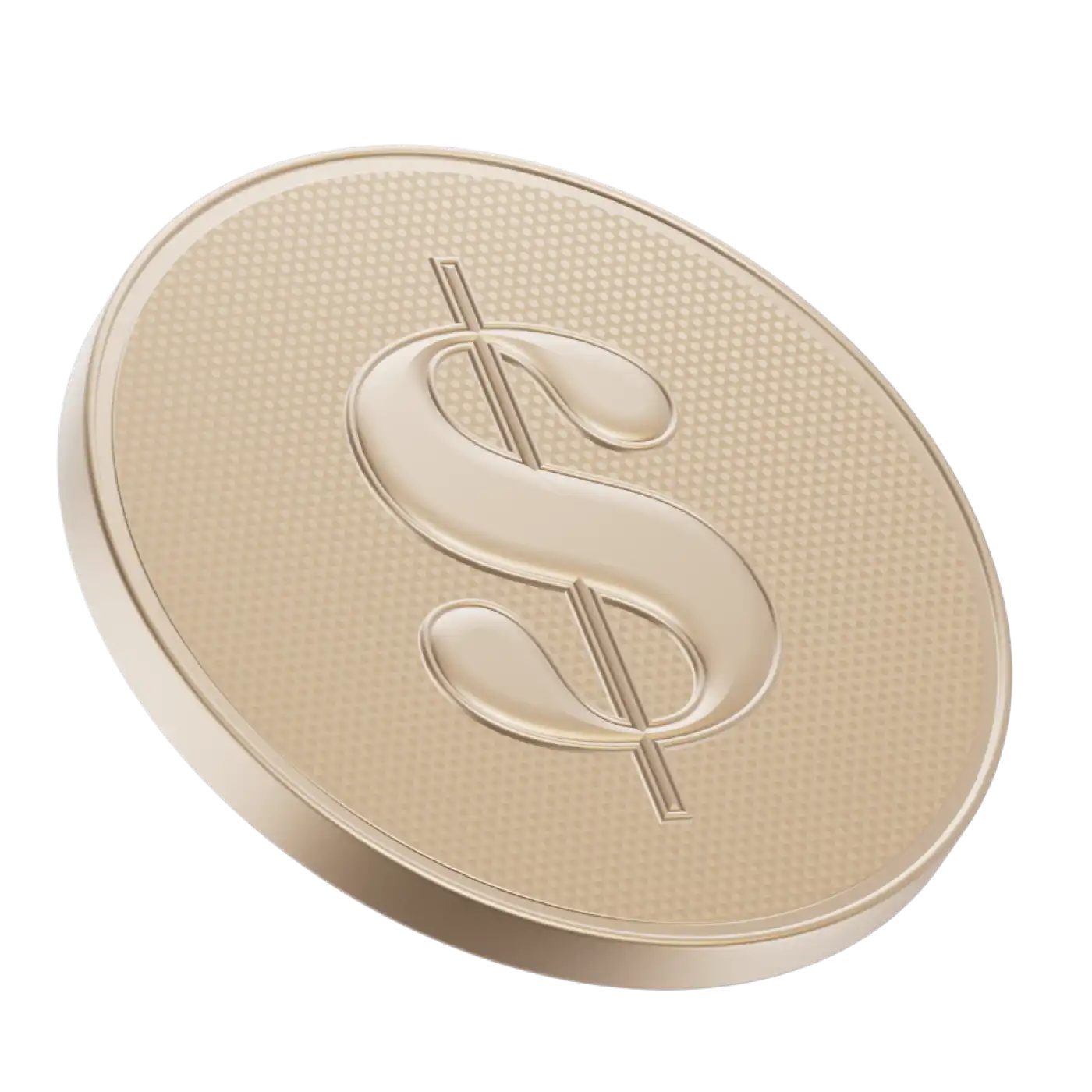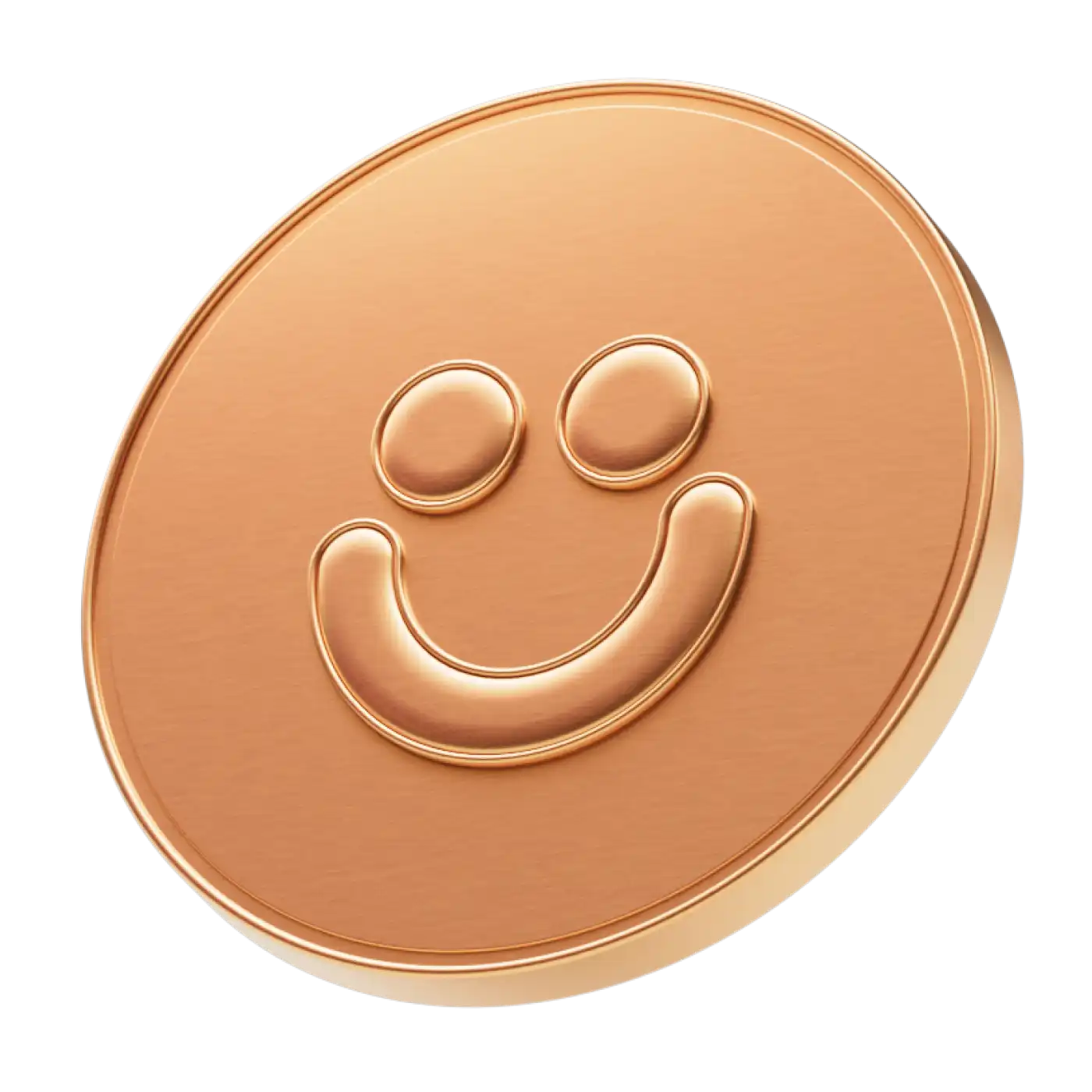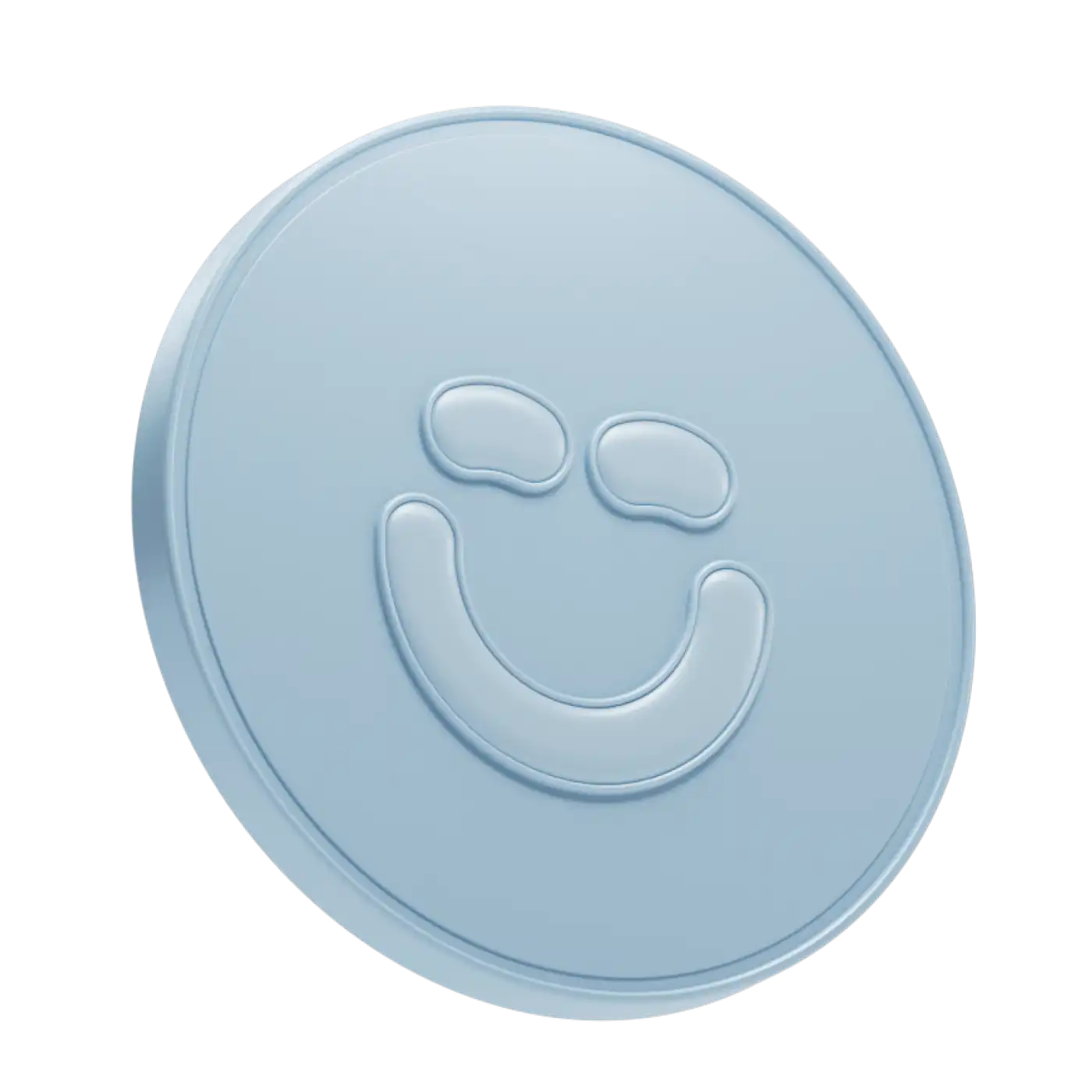Dividend reinvestment is a useful way to increase your position in a company you're invested in. When you own stock in a company that pays dividends (a portion of the earnings shared with its shareholders) or in mutual funds or exchange-traded funds (ETFs) that invest in those companies, there are ways to automatically use the dividend to buy more stock.
If you hold shares with a registrar in a company (this means you are the registered owner of the stock, as opposed to a brokerage), that company might offer a dividend reinvestment program, or DRIP, which will automatically reinvest your dividend in more company stock, typically at a reduced price and with no transaction fees.
Many brokerages offer similar programs for dividend-paying stocks and ETFs bought through them. You don’t get the discount on new shares, but you do get waived or reduced transaction fees.
How dividend reinvestment works
When a company issues a dividend, the amount you receive is based on the number of shares you own. Say you earn $20 in dividends. Instead of cashing that cheque and treating yourself to a giant bag of Swedish fish and a night on the couch, you could use the money to buy more shares of the company. If the share price is $15, you could reinvest your dividend and buy 1.33 more shares. Some brokerages require you to buy full shares, so in that example, you’d get one share and keep the leftover money in cash, either to withdraw or to hold in your account until you found your next acquisition.
What are DRIPs?
DRIPs (Dividend Reinvestment Plans) take everything we talked about above and do it automatically — with a slight discount. The stock issuer or brokerage automatically uses the dividend to buy more shares without charging you a transaction fee, getting you even more stock than you would have gotten at the market price.
Investors like DRIPs because they’re an easier and cheaper way of buying stock. Companies like them because they can disperse their dividends without actually parting with any cash.
Another advantage is that when you automatically reinvest at quarterly intervals, you’re buying stock at lots of different price points. That means you’re utilizing the principle of dollar-cost averaging. By consistently buying shares every few months at the current market price, you reduce the likelihood of buying all your stock at a peak price.
There can be one slight headache: unless your investments are in a Tax-Free Savings Account or Registered Retirement Savings Plan account, DRIPs may complicate your taxes. Because you are effectively using dollar-cost averaging, when you go to sell, you’ll be selling stock that you bought at many different prices, and each price point will mean a different amount of capital gains. Not the end of the world (and not unique to DRIPs), but it does make your taxes a little more annoying.



